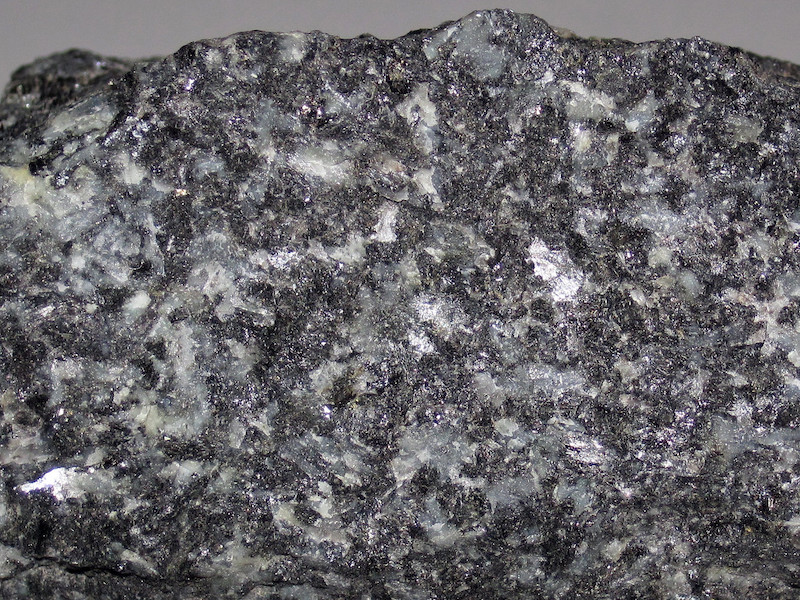
In the vast realm of geology, rocks are the building blocks of our planet's crust. They are composed of minerals, which are naturally occurring inorganic substances with specific chemical compositions and crystal structures. Among the myriad of minerals, one type stands out as the most common and essential in the formation of rocks: feldspar. In this article, we will delve into the world of feldspar, exploring its significance, properties, and its role in shaping the Earth's geology.
- The Definition and Classification of Feldspar:
Feldspar is a group of rock-forming minerals that belong to the tectosilicate family. It is composed of aluminum silicates combined with varying amounts of potassium, sodium, and calcium. The most common types of feldspar are orthoclase, plagioclase, and microcline. These minerals exhibit a range of colors, including white, pink, gray, and green, making them visually appealing and easily recognizable. - Abundance and Occurrence:
Feldspar is abundantly found in the Earth's crust, accounting for approximately 60% of it. It occurs in various types of rocks, such as granite, basalt, and gneiss. Its presence is not limited to specific geological settings, as feldspar can be found in both igneous and metamorphic rocks. This widespread distribution highlights its crucial role in the formation and composition of the Earth's crust. - Physical and Chemical Properties:
Feldspar possesses several notable physical and chemical properties that contribute to its significance in rock formation. It has a hardness of 6 on the Mohs scale, making it relatively resistant to abrasion. Additionally, feldspar exhibits a distinctive cleavage pattern, breaking along flat, parallel planes. This property aids in the identification and differentiation of feldspar minerals.
Chemically, feldspar is known for its alumina and silica content, which contribute to its ability to withstand weathering and erosion. Its composition also influences the melting point and viscosity of rocks, playing a crucial role in the formation of magma and the subsequent crystallization of minerals during cooling.
- Geological Significance:
Feldspar's abundance and properties make it a vital component in understanding the Earth's geological history. By studying the distribution and composition of feldspar in rocks, geologists can unravel the processes that shaped our planet. For example, the presence of plagioclase feldspar in volcanic rocks can indicate the type of magma and the tectonic environment in which it formed.
Furthermore, feldspar's resistance to weathering allows it to persist in sedimentary rocks, providing valuable insights into past environments and climate conditions. By analyzing the ratio of potassium feldspar to plagioclase feldspar, researchers can determine the intensity of chemical weathering and the duration of rock exposure at the Earth's surface.
Conclusion:
In conclusion, feldspar stands as the most common type of rock-forming mineral, playing a fundamental role in the composition and formation of rocks. Its abundance, physical and chemical properties, and geological significance make it a subject of great interest to geologists worldwide. By understanding the intricate nature of feldspar, we gain valuable insights into the Earth's past and present, unraveling the mysteries of our planet's geological history.









